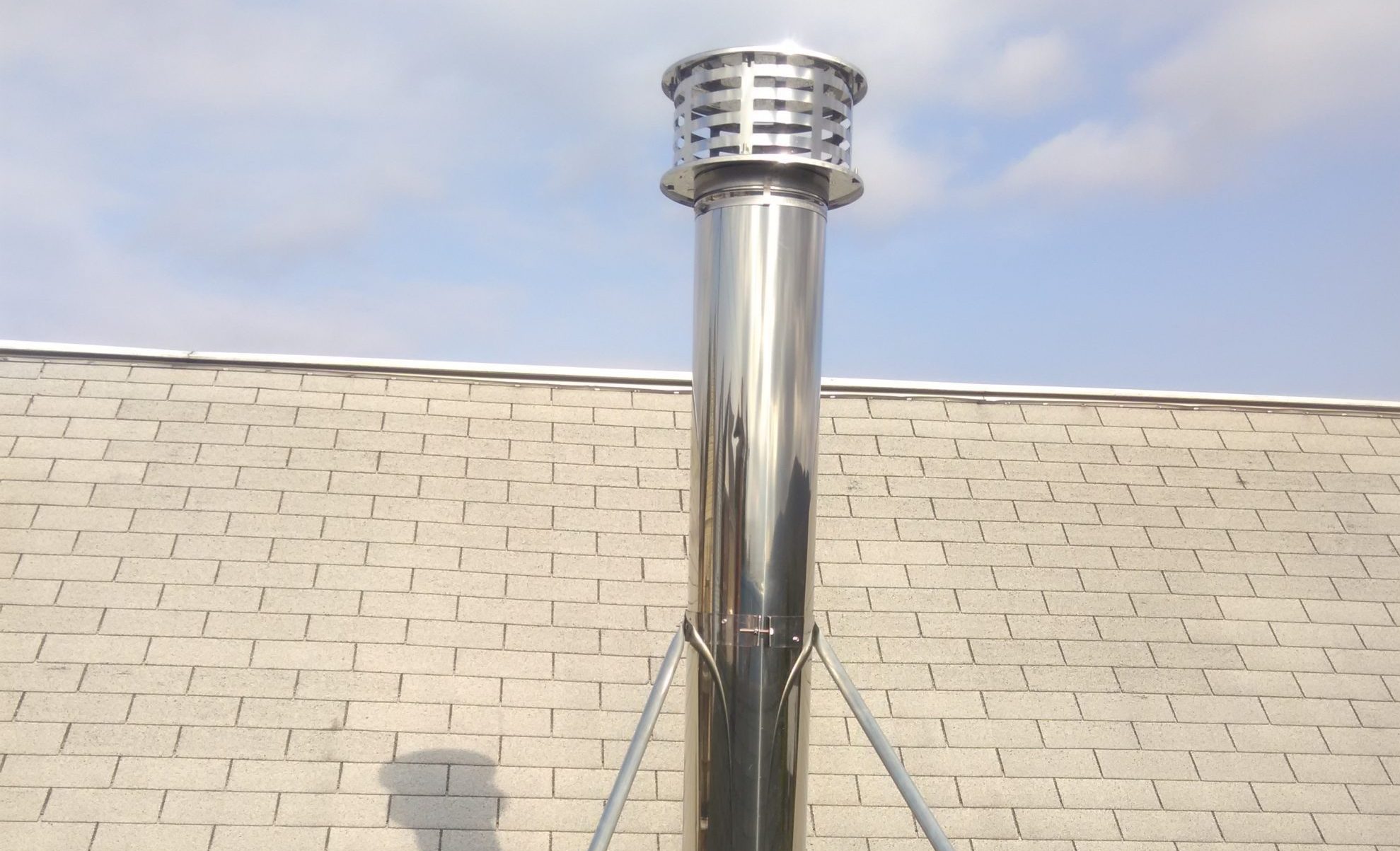

Articles
What Is A Class A Chimney
Modified: August 28, 2024
Learn all about Class A chimneys in this informative article. Discover their purpose, benefits, and practical considerations. Read more now!
(Many of the links in this article redirect to a specific reviewed product. Your purchase of these products through affiliate links helps to generate commission for Storables.com, at no extra cost. Learn more)
Introduction
Welcome to the world of class A chimneys! In this article, we will delve into the fascinating world of class A chimneys and uncover the secrets behind their functionality and importance. Whether you are an experienced homeowner looking to upgrade your chimney system or a curious individual seeking knowledge about chimneys, you’ve come to the right place.
Chimneys are an essential component of any home, serving as a conduit for smoke and gases produced by fireplaces, woodstoves, or other heating appliances. They provide a safe and efficient means of venting these byproducts out of your living space and into the open air. However, not all chimneys are created equal, and this is where the concept of a class A chimney comes into play.
A class A chimney is specifically designed to meet the highest safety and performance standards. It is built to withstand high temperatures and provide optimal draft for efficient combustion. Class A chimneys are typically constructed using a double-wall or triple-wall insulated pipe system. This insulation helps to keep the outer surface of the chimney cooler, reducing the risk of heat transfer to combustible materials in your home and minimizing the chance of chimney fires.
Now that we have a basic understanding of class A chimneys, let’s explore the components that make up these remarkable chimney systems.
Key Takeaways:
- Class A chimneys are designed for safety and efficiency, venting combustion byproducts out of homes. They require proper installation, regular maintenance, and offer benefits such as increased energy efficiency and enhanced property value.
- Regular inspections, cleaning, and troubleshooting are crucial for maintaining the safety and longevity of class A chimneys. Addressing common issues like chimney fires, downdrafts, and water leakage promptly ensures continued performance and safety.
Read more: What Is A CAD Class
Definition of Class A Chimney
A class A chimney is a specific type of chimney system that meets rigorous standards for safety and performance. It is designed to effectively and safely vent the byproducts of combustion, such as smoke, gases, and particles, out of your home. Class A chimneys are commonly used with fireplaces, woodstoves, and other heating appliances that require a durable and efficient venting system.
One of the key features of a class A chimney is its construction. It typically consists of a double-wall or triple-wall pipe system, with each pipe having its own purpose. The innermost layer, known as the inner liner, is responsible for directing the hot combustion gases up and out of the chimney. It is usually made of stainless steel or another high-temperature resistant material that can withstand the intense heat produced by the appliance.
The outer layer, known as the outer casing, acts as insulation to prevent the excessive transfer of heat to the surrounding structures. It helps to keep the outer surface of the chimney cooler, reducing the risk of nearby combustible materials catching fire. The space between the inner liner and the outer casing is filled with insulation material to further enhance the insulating properties of the chimney.
In addition to its construction, a class A chimney must also meet specific clearance requirements. This refers to the distance that the chimney needs to be installed from combustible materials such as wood, drywall, or insulation. These clearance distances ensure that the heat generated by the chimney does not pose a fire hazard to the surrounding areas.
Furthermore, class A chimneys must comply with building codes and regulations set forth by local authorities. It is important to consult with a professional chimney installer or building inspector to ensure that your class A chimney meets all the necessary requirements in your area.
Now that we have a clear definition of what a class A chimney is, let’s take a closer look at the various components that make up this chimney system.
Components of a Class A Chimney
A class A chimney is composed of several essential components that work together to provide a safe and efficient venting system for your heating appliance. Each component serves a specific function and plays a crucial role in the overall performance of the chimney system. Let’s take a closer look at the key components of a class A chimney:
- Inner Liner: The inner liner is the innermost layer of the chimney pipe. It is made of a high-temperature resistant material, such as stainless steel or ceramic, that can withstand the intense heat produced by the appliance. The inner liner directs the hot combustion gases up and out of the chimney, preventing them from escaping into your home.
- Insulation: The space between the inner liner and the outer casing is filled with insulation material. The insulation helps to keep the outer surface of the chimney cooler, reducing the risk of heat transfer to nearby combustible materials. This insulation is crucial for maintaining the safety and efficiency of the chimney system.
- Outer Casing: The outer casing is the outermost layer of the chimney pipe. It provides structural support and acts as an additional layer of insulation. The outer casing is typically made of stainless steel, galvanized steel, or another durable material that can withstand outdoor exposure and resist corrosion.
- Chimney Cap: The chimney cap is installed at the top of the chimney. It acts as a protective barrier, preventing rain, snow, debris, and animals from entering the chimney. A chimney cap also helps to improve chimney draft by creating a smooth airflow and reducing the potential for downdrafts.
- Storm Collar: A storm collar is a metal ring that fits around the chimney pipe, just above the flashing. It provides an additional layer of protection against water infiltration. The storm collar is designed to create a watertight seal between the chimney pipe and the flashing.
- Flashing: The flashing is a weatherproof material, typically made of metal, that is installed around the base of the chimney where it penetrates the roofline. The flashing prevents water from seeping into the roof and causing damage. It is crucial to have a properly installed and sealed flashing to ensure the integrity of the roof and chimney system.
- Support Brackets: Support brackets are used to secure and stabilize the chimney pipe. They are installed at strategic intervals, typically every 6 to 8 feet, to prevent the chimney from sagging or shifting. Support brackets are especially important for taller chimney systems.
These components work together to create a functional and efficient class A chimney system. It is important to ensure that all components are properly installed and maintained to maximize the safety and performance of your chimney system.
Installation Requirements for Class A Chimney
Proper installation is crucial for the optimal performance and safety of a class A chimney. Whether you are installing a new chimney system or replacing an existing one, it is important to follow the specific installation requirements. Here are some key considerations and requirements to keep in mind when installing a class A chimney:
- Clearance to Combustible Materials: Class A chimneys must adhere to specific clearance requirements to ensure that they are installed at a safe distance from combustible materials such as wood, insulation, and drywall. The required clearance distances vary depending on the local building codes and the type of appliance being vented. It is essential to consult the manufacturer’s instructions and local regulations to determine the appropriate clearance requirements for your specific installation.
- Roof Penetration: If the class A chimney is passing through the roof, proper flashing and waterproofing measures must be taken to ensure a watertight seal. The flashing should be installed around the base of the chimney where it meets the roofline, and it must be secured and sealed correctly to prevent water infiltration.
- Sufficient Height: Class A chimneys should extend above the highest point of the roofline. This ensures proper draft and prevents downdrafts, which can lead to issues such as smoke backflow or inefficient operation of the heating appliance. The height requirement may vary depending on regional regulations and the specific type of appliance being vented.
- Proper Support and Bracing: Class A chimneys must be properly supported and braced to ensure structural stability and prevent sagging or shifting over time. Support brackets should be installed at regular intervals, usually every 6 to 8 feet, to provide adequate support. The chimney pipe should be secured to the brackets using appropriate fasteners to prevent movement.
- Insulation and Shielding: The insulation and shielding of a class A chimney are crucial for maintaining safety and preventing heat transfer to combustible materials. The chimney should be adequately insulated to keep the outer surface temperature within safe limits. Additionally, heat shields or firestop spacers may be required to provide extra protection when the chimney passes through walls or ceilings.
- Chimney Cap: Installing a chimney cap at the top of the chimney is essential to protect against rain, snow, debris, and animal entry. The chimney cap should be properly sized and securely installed to prevent water infiltration and maintain proper airflow and ventilation.
It is highly recommended to consult with a qualified professional or chimney installer who is familiar with local regulations and industry standards. They can provide guidance on the specific installation requirements and ensure that your class A chimney is installed correctly and safely.
Venting Capabilities of Class A Chimney
The venting capabilities of a class A chimney are what make it an essential component of any heating appliance that requires a safe and efficient means of releasing combustion byproducts. A class A chimney is specifically designed to effectively vent smoke, gases, and particles out of your home while ensuring optimal draft for efficient combustion. Let’s explore the venting capabilities of a class A chimney in more detail:
Safe Removal of Combustion Byproducts: Class A chimneys are engineered to safely remove the byproducts of combustion from your home. The inner liner of the chimney directs the hot gases and smoke up and out of the flue, preventing the accumulation of dangerous gases inside your living space. This not only enhances safety but also promotes cleaner indoor air quality.
Efficient Draft Performance: A crucial aspect of a class A chimney is its ability to create and maintain proper draft. Draft is the force that draws air up and out of the chimney. It plays a vital role in ensuring efficient combustion and preventing the buildup of smoke or gases in your home. Class A chimneys are designed to provide optimal draft by carefully balancing factors such as chimney height, diameter, and insulation.
Decreased Risk of Backdraft: Backdraft refers to the reversal of airflow, where combustion gases flow back into your home instead of venting out through the chimney. Class A chimneys are constructed to minimize the risk of backdrafts by maintaining a steady and controlled upward flow of air. The insulation in the chimney helps to keep the outer surface of the chimney cooler, reducing the chances of downdrafts caused by temperature differentials.
Compatibility with Various Heating Appliances: Class A chimneys are versatile and can be used with a wide range of heating appliances, including fireplaces, woodstoves, pellet stoves, and oil or gas-fired furnaces. They are designed to accommodate different fuel types and can handle the high temperatures and volumes of combustion byproducts associated with these appliances.
Improved Efficiency and Performance: With their efficient draft and proper venting capabilities, class A chimneys contribute to the overall efficiency and performance of your heating appliance. By effectively removing the byproducts of combustion, they allow the heating appliance to operate at its optimal level, providing you with maximum heat output and energy efficiency.
Enhanced Safety: One of the primary functions of a class A chimney is to ensure the safety of your home by effectively removing harmful combustion byproducts. The construction and insulation of class A chimneys reduce the risk of heat transfer to nearby combustible materials, minimizing the potential for chimney fires or damage to your home’s structure.
In summary, the venting capabilities of a class A chimney are critical to maintaining a safe and efficient heating system. They ensure the proper removal of combustion byproducts, promote efficient draft performance, and enhance the overall safety and performance of your heating appliance.
When installing a Class A chimney, make sure to follow the manufacturer’s guidelines for clearances and proper installation to ensure safe and efficient operation. Regular maintenance and cleaning are also important to prevent chimney fires.
Read more: What Is The Definition Of Class A Glassware
Benefits of Using a Class A Chimney
When it comes to venting the byproducts of combustion from your home, a class A chimney offers numerous benefits that make it an ideal choice for many homeowners. Whether you are using a fireplace, woodstove, or other heating appliance, opting for a class A chimney can enhance safety, efficiency, and overall performance. Let’s explore the key benefits of using a class A chimney:
1. Superior Safety: Class A chimneys are specifically designed to meet stringent safety standards. The double-wall or triple-wall construction, along with the insulation, reduces the risk of heat transfer to combustible materials. This helps to prevent chimney fires and provides peace of mind for homeowners.
2. Efficient Venting: Class A chimneys ensure effective and efficient venting of smoke, gases, and particles from your heating appliance. Their optimal draft performance helps to prevent the buildup of harmful gases inside your home and promotes cleaner indoor air quality.
3. Versatility: Class A chimneys are suitable for a wide range of heating appliances, including fireplaces, woodstoves, pellet stoves, and oil or gas-fired furnaces. They are designed to accommodate different fuel types and handle high temperatures and volumes of combustion byproducts.
4. Durability and Longevity: Class A chimneys are constructed using high-quality materials such as stainless steel or ceramic that can withstand the intense heat produced by the heating appliance. They are built to last and can provide many years of reliable service with minimal maintenance.
5. Increased Energy Efficiency: A properly installed class A chimney can improve the energy efficiency of your heating appliance. By ensuring efficient venting and proper draft, the chimney allows the appliance to operate at its optimal level, maximizing heat output and reducing energy waste.
6. Aesthetically Pleasing: Class A chimneys can contribute to the visual appeal of your home, especially if you have a fireplace or a woodstove as a focal point. With their sleek and unobtrusive design, class A chimneys can seamlessly blend in with your home’s architecture and enhance its overall aesthetic appeal.
7. Compliance with Building Codes: Class A chimneys are designed to comply with local building codes and regulations. This ensures that your chimney installation meets all the necessary requirements set forth by governing authorities, providing you with peace of mind and avoiding any potential legal or safety issues.
8. Enhanced Property Value: Installing a class A chimney in your home can increase its value. Potential homebuyers appreciate the safety, efficiency, and overall benefits that come with a class A chimney, making it an attractive feature for resale purposes.
Overall, using a class A chimney offers a range of benefits, including improved safety, efficient venting, versatility, durability, increased energy efficiency, and enhanced property value. If you are considering a chimney system for your heating appliance, a class A chimney is undoubtedly a worthwhile investment.
Maintenance and Cleaning of Class A Chimney
Maintaining and cleaning your class A chimney on a regular basis is essential for its optimal performance, safety, and longevity. Here are some important maintenance tasks to keep in mind to ensure your class A chimney functions efficiently:
1. Regular Inspections: Schedule annual inspections by a certified chimney professional to assess the condition of your class A chimney. They will check for any signs of damage, blockages, or deterioration that may impact its performance. Additionally, they will inspect the chimney cap, flashing, and other components to ensure they are in good working condition.
2. Cleaning Creosote Buildup: Creosote, a byproduct of burning wood, can accumulate inside the chimney over time. It is highly flammable and can lead to chimney fires if not addressed. Regular cleaning of the chimney is necessary to remove creosote buildup. Hiring a professional chimney sweep or using specialized chimney cleaning tools can ensure a thorough cleaning of the inner liner.
3. Clearing Debris and Blockages: Check the chimney cap regularly to ensure it is free from debris such as leaves, bird nests, or small animals. These obstructions can hinder proper airflow and ventilation. Clear any blockages to maintain optimal chimney performance and prevent smoke from entering your home.
4. Inspecting and Repairing Damaged Parts: During inspections, it is crucial to identify and repair any damaged parts of the class A chimney. This may include damaged or missing insulation, cracked or deteriorated pipes, loose brackets, or worn-out seals. Addressing these issues promptly will help maintain the structural integrity and efficiency of the chimney.
5. Monitoring Carbon Monoxide Detectors: Install carbon monoxide detectors near your heating appliance and near sleeping areas in your home. Regularly check and replace the batteries as needed. Carbon monoxide is a colorless and odorless gas that can be produced by faulty chimneys or heating appliances. Monitoring the levels of carbon monoxide is crucial for the safety of your household.
6. Following Appliance Manufacturer’s Guidelines: Different heating appliances may have specific maintenance requirements provided by the manufacturer. Follow these guidelines to ensure optimal performance and safety. This may include scheduling professional maintenance for the heating appliance itself and its associated piping or ventilation components.
7. Cleaning Exterior Surfaces: Regularly clean the exterior surfaces of the class A chimney to remove dirt, soot, or other debris. Use a soft brush or cloth and mild detergent to clean the outer casing of the chimney. Avoid using abrasive materials or harsh chemicals that may damage the protective finish of the chimney.
By following these maintenance practices, you can ensure that your class A chimney operates efficiently, reduces the risk of chimney fires, and provides a safe venting system for your heating appliance. Regular inspections and cleaning will help you identify and address any issues before they escalate, ensuring the longevity and performance of your class A chimney for years to come.
Common Issues and Troubleshooting for Class A Chimney
While class A chimneys are built to be durable and efficient, they can encounter occasional issues. Familiarizing yourself with common problems and troubleshooting techniques can help you address these issues promptly and avoid potential hazards. Here are some common issues and troubleshooting tips for class A chimneys:
1. Chimney Fires: One of the most concerning issues with class A chimneys is chimney fires. They can occur when creosote, a byproduct of burning wood, accumulates inside the chimney and ignites. Signs of a chimney fire include loud cracking or popping noises, dense smoke, or intense heat coming from the chimney. In the event of a chimney fire, immediately notify the fire department and evacuate your home. To prevent chimney fires, regularly clean your chimney to remove creosote buildup.
2. Downdrafts: Downdrafts occur when the airflow in the chimney reverses, causing smoke or gases to flow back into your home instead of being properly vented. Possible causes of downdrafts include improper chimney height, strong wind conditions, or obstructions in the chimney. To address downdrafts, ensure that your chimney is tall enough and free from blockages or debris. Installing a chimney cap with a draft-inducing design can also help prevent downdrafts.
3. Smoke Backdraft: Smoke backdraft happens when smoke enters your home through the firebox instead of being directed up and out of the chimney. This may occur due to a blocked chimney, a closed damper, or improper chimney design. To troubleshoot smoke backdraft, check for any obstructions or blockages in the chimney, ensure the damper is fully open during operation, and consult with a professional chimney technician to evaluate the chimney design.
4. Water Leakage: Water leakage is a common issue that can compromise the integrity of your class A chimney. It can be caused by damaged flashing, cracked chimney caps, or deteriorated chimney components. Regularly inspect the flashing and chimney cap for signs of damage and ensure that they are securely installed and watertight. Repair or replace any damaged components promptly to prevent water infiltration.
5. Poor Draft or Drafting Issues: Poor chimney draft can lead to inefficient operation of your heating appliance, inadequate dispersion of smoke, or difficulty in starting a fire. Drafting issues can be caused by various factors such as chimney height, chimney design, or pressure imbalances in the home. Consult a professional chimney technician to evaluate the chimney system, ensure proper chimney height, and address any ventilation or pressure issues in your home.
6. Corrosion: Over time, class A chimneys may experience corrosion, especially in areas exposed to harsh weather conditions. Corrosion can weaken the structural integrity of the chimney and compromise its performance. Regularly inspect the exterior of the chimney for signs of corrosion, such as rust or flaking metal. If corrosion is detected, consult a chimney professional to assess the extent of the damage and determine the necessary repairs or replacements.
7. Animal Intrusion: Birds, squirrels, and other small animals can find their way into open chimneys, causing obstructions and potential damage. Install a chimney cap with appropriate mesh size to prevent animals from entering the chimney. If an animal is already inside, contact a professional chimney sweep or animal control to safely remove it and repair any damage caused.
It is important to remember that some chimney issues require the expertise of a professional chimney technician. If you encounter any significant problems or are unsure about the best course of action, it is recommended to consult with a qualified professional who can thoroughly assess and address the issue.
Regular inspections, maintenance, and prompt troubleshooting are key to maintaining the safety, efficiency, and longevity of your class A chimney. By staying vigilant and proactive, you can ensure that your chimney system operates optimally and provides you with years of reliable service.
Conclusion
In conclusion, a class A chimney is an essential component of any home heating system that utilizes fireplaces, woodstoves, or other heating appliances. Class A chimneys are designed to meet stringent safety and performance standards, providing homeowners with a reliable and efficient means of venting combustion byproducts out of their living spaces.
Throughout this article, we have explored the definition, components, installation requirements, venting capabilities, benefits, and maintenance of a class A chimney. We have learned that class A chimneys are constructed using double-wall or triple-wall pipe systems with insulation between the layers. This design helps to ensure the safe venting of gases, reduces the risk of heat transfer to nearby combustible materials, and enhances the overall efficiency of the venting process.
Installing a class A chimney involves following specific clearance requirements, ensuring proper roof penetration, providing sufficient height, and implementing reliable support and bracing systems. These installation requirements, along with regular inspections, cleaning, and maintenance, contribute to the safe and effective operation of the chimney.
Some of the key benefits of using a class A chimney include increased safety, efficient venting capabilities, versatility with different heating appliances, enhanced energy efficiency, and improved property value. Class A chimneys provide homeowners with peace of mind knowing that their heating system is operating at its best, while also adding aesthetic value to their homes.
However, it is essential to remain aware of common issues that can arise with class A chimneys. Chimney fires, downdrafts, water leakage, poor draft, corrosion, and animal intrusion are all potential problems that homeowners may encounter. Regular inspections, cleaning, and troubleshooting can help address these issues promptly and ensure the continued performance and safety of the chimney system.
By understanding the importance of a class A chimney and taking the necessary steps to maintain and care for it, homeowners can enjoy the benefits of a reliable, efficient, and safe heating system. Whether you are cozying up to a warm fireplace or enjoying the heat from a woodstove, a class A chimney is there to ensure that you can enjoy the comfort of your home with peace of mind.
Remember, when it comes to your class A chimney, safety, efficiency, and proper maintenance are key to a well-functioning and long-lasting chimney system.
Frequently Asked Questions about What Is A Class A Chimney
Was this page helpful?
At Storables.com, we guarantee accurate and reliable information. Our content, validated by Expert Board Contributors, is crafted following stringent Editorial Policies. We're committed to providing you with well-researched, expert-backed insights for all your informational needs.

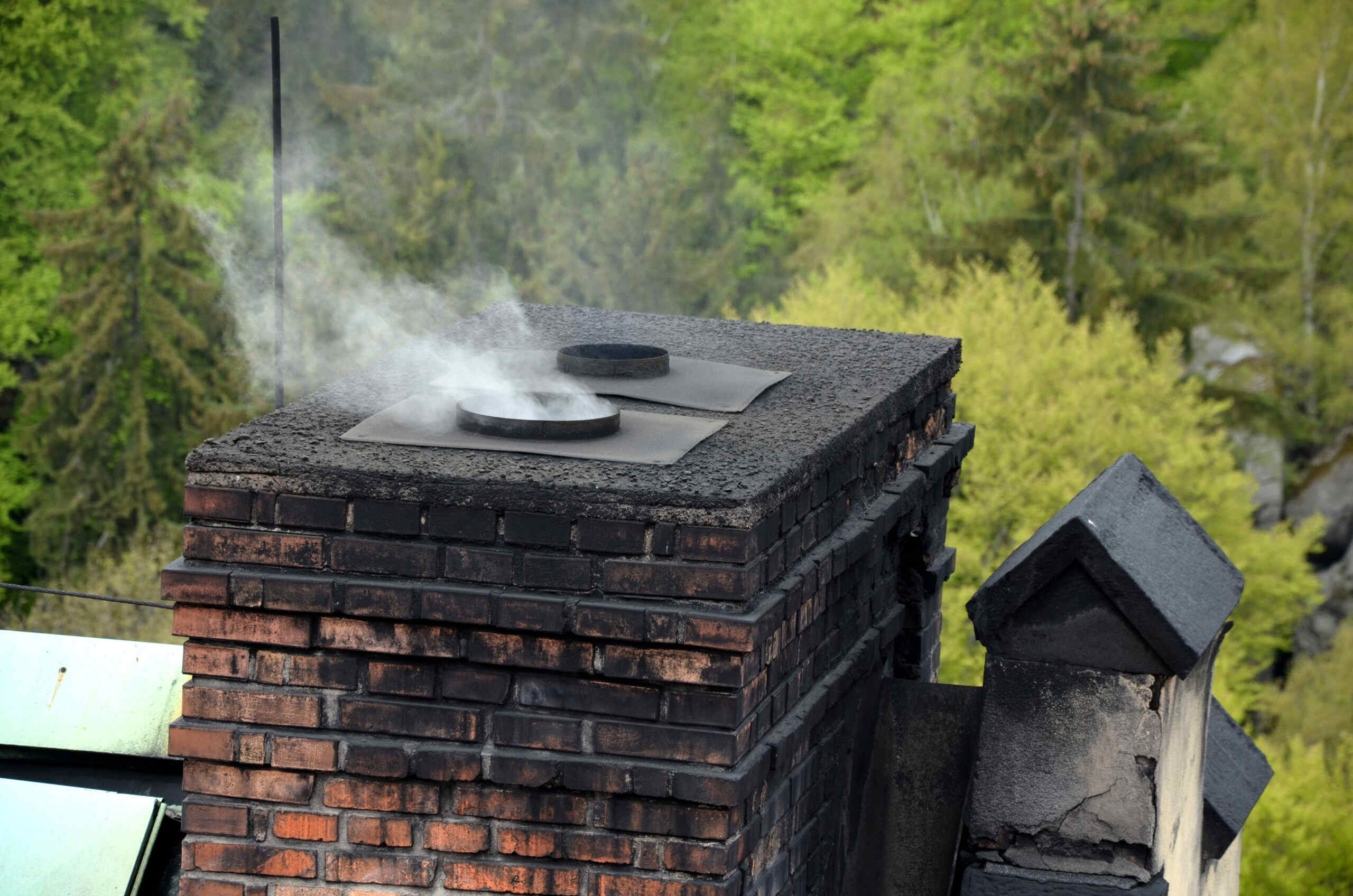
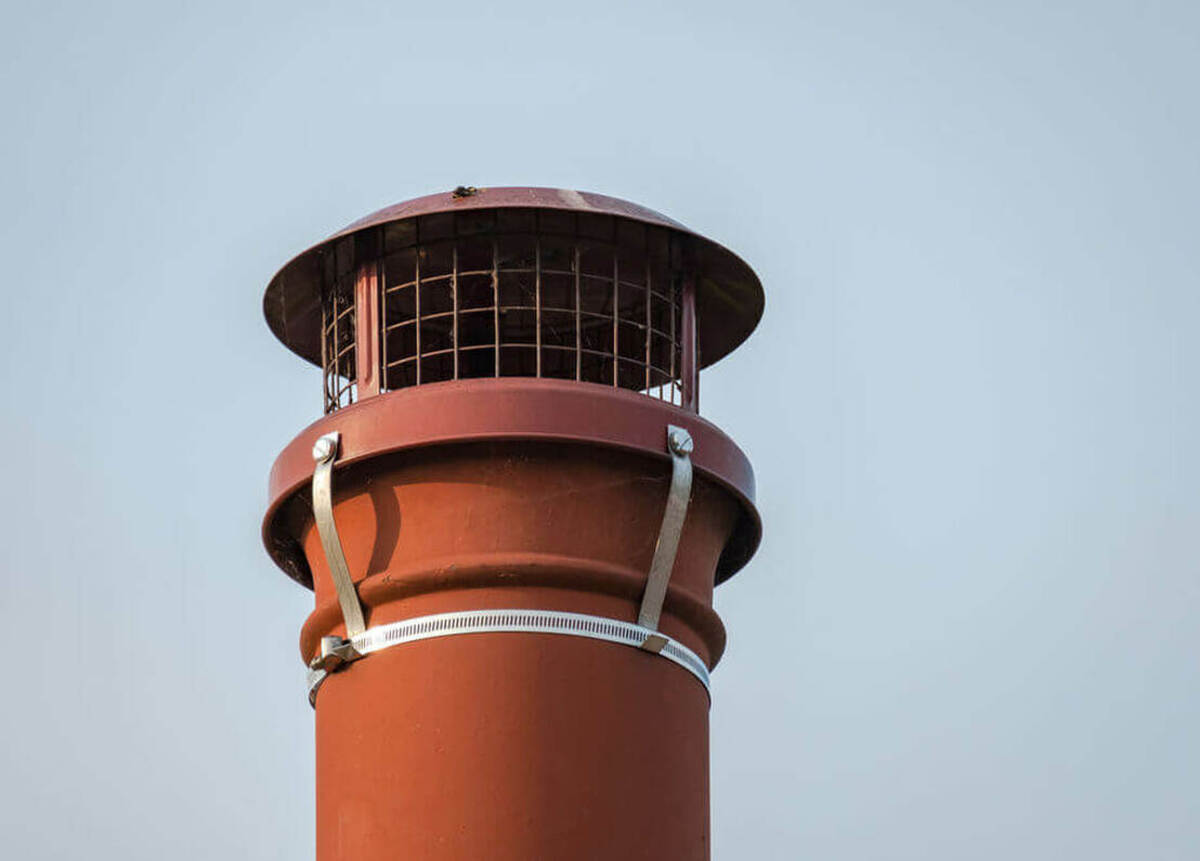
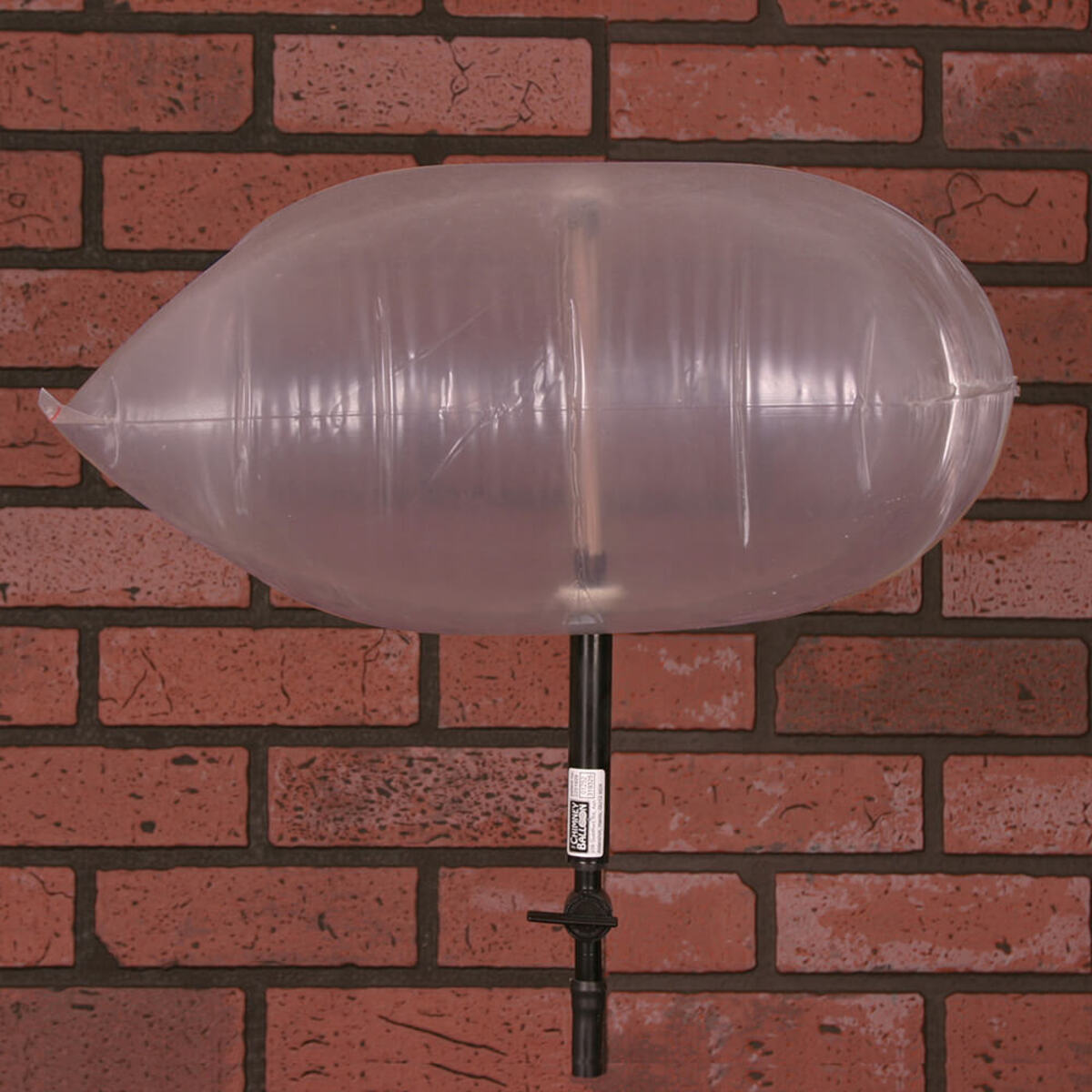
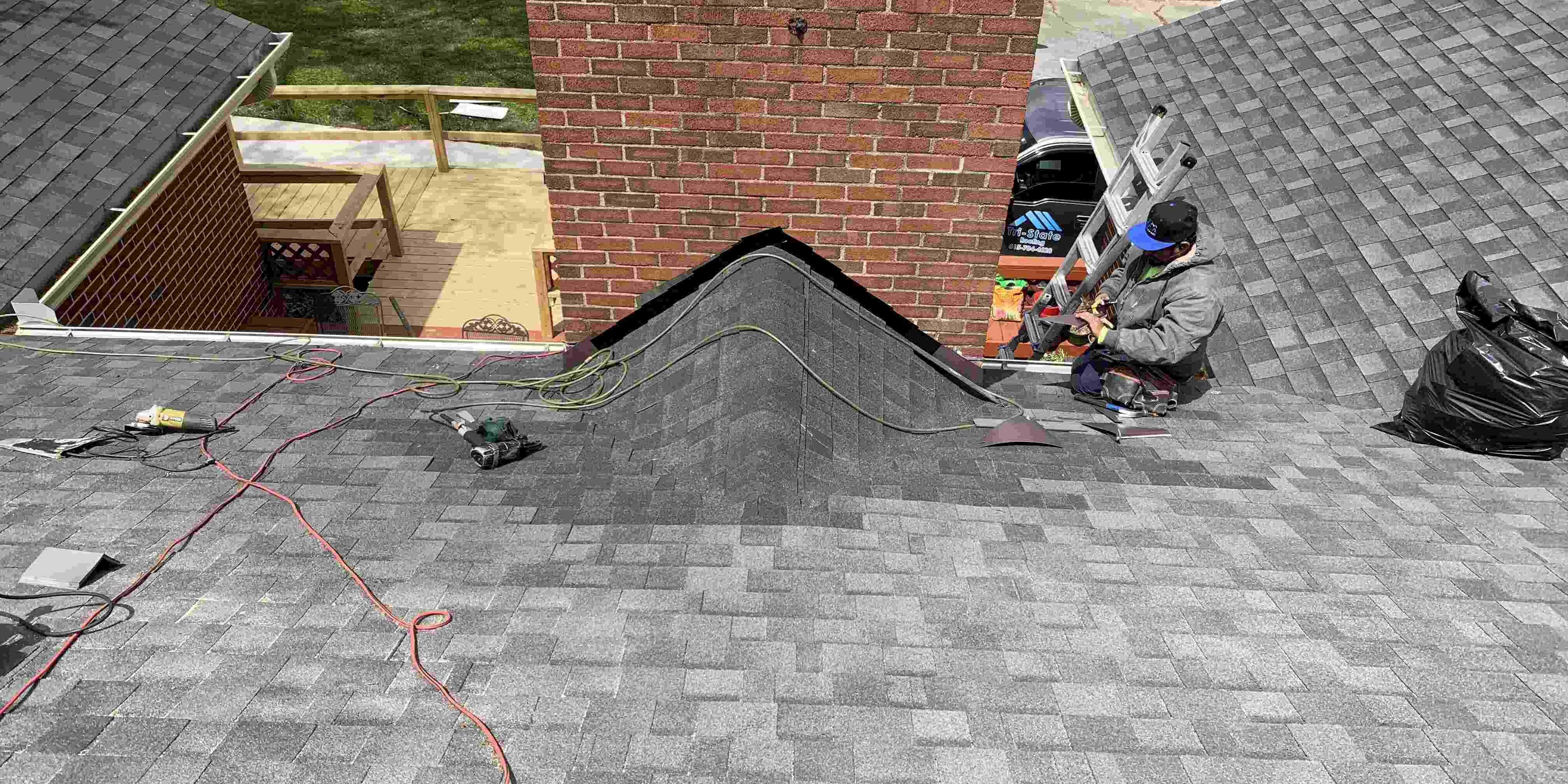

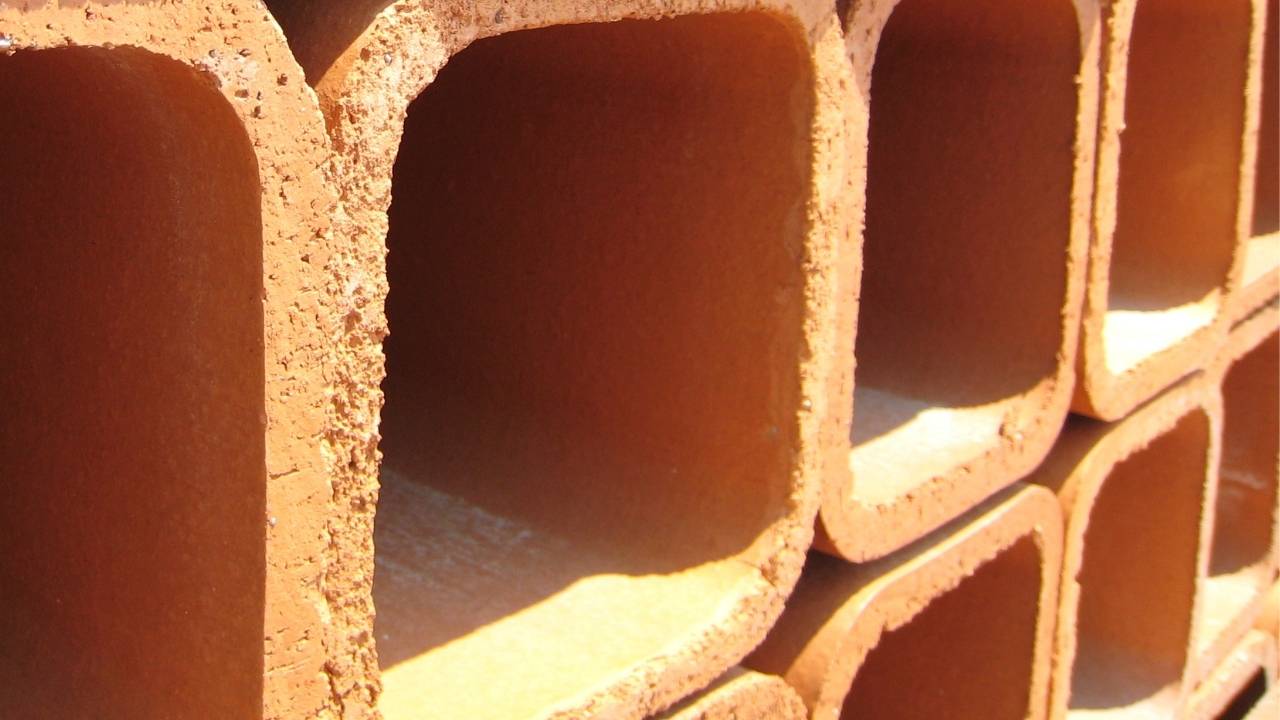
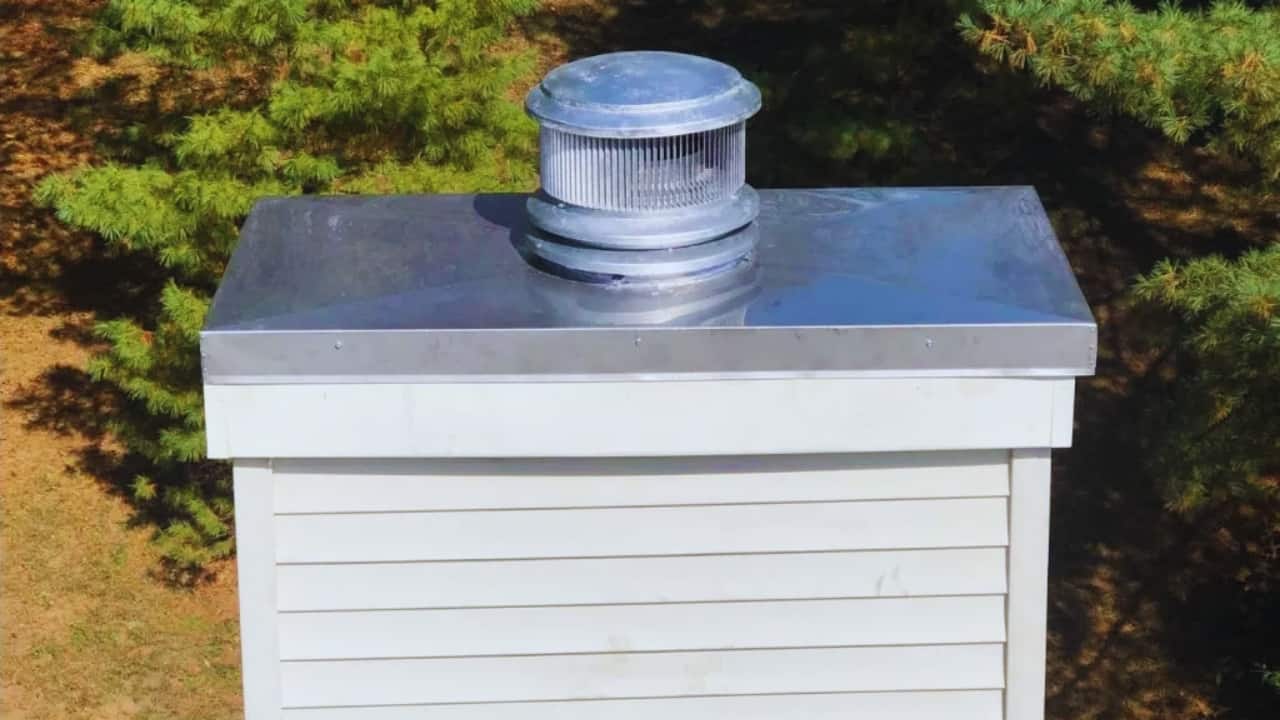
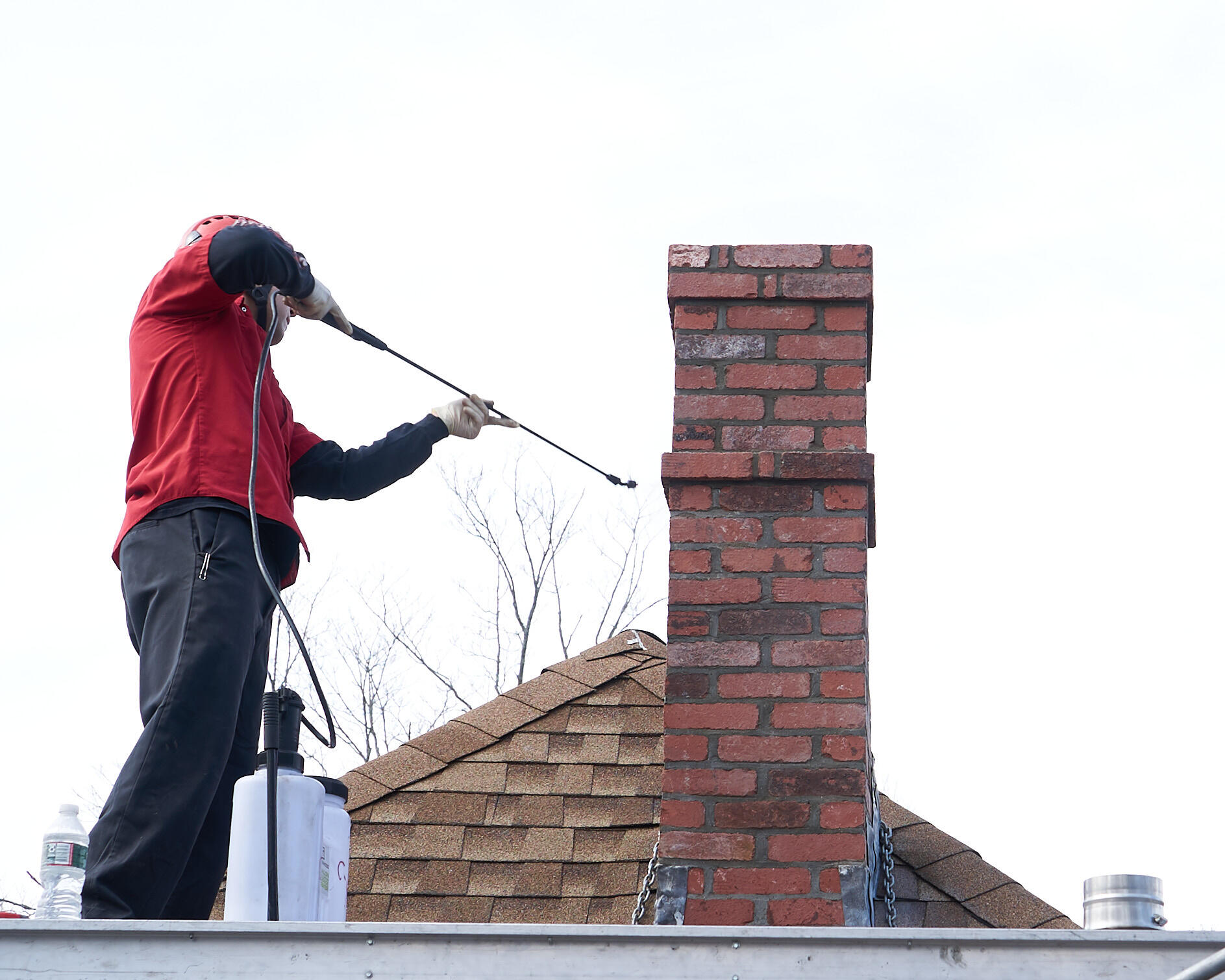
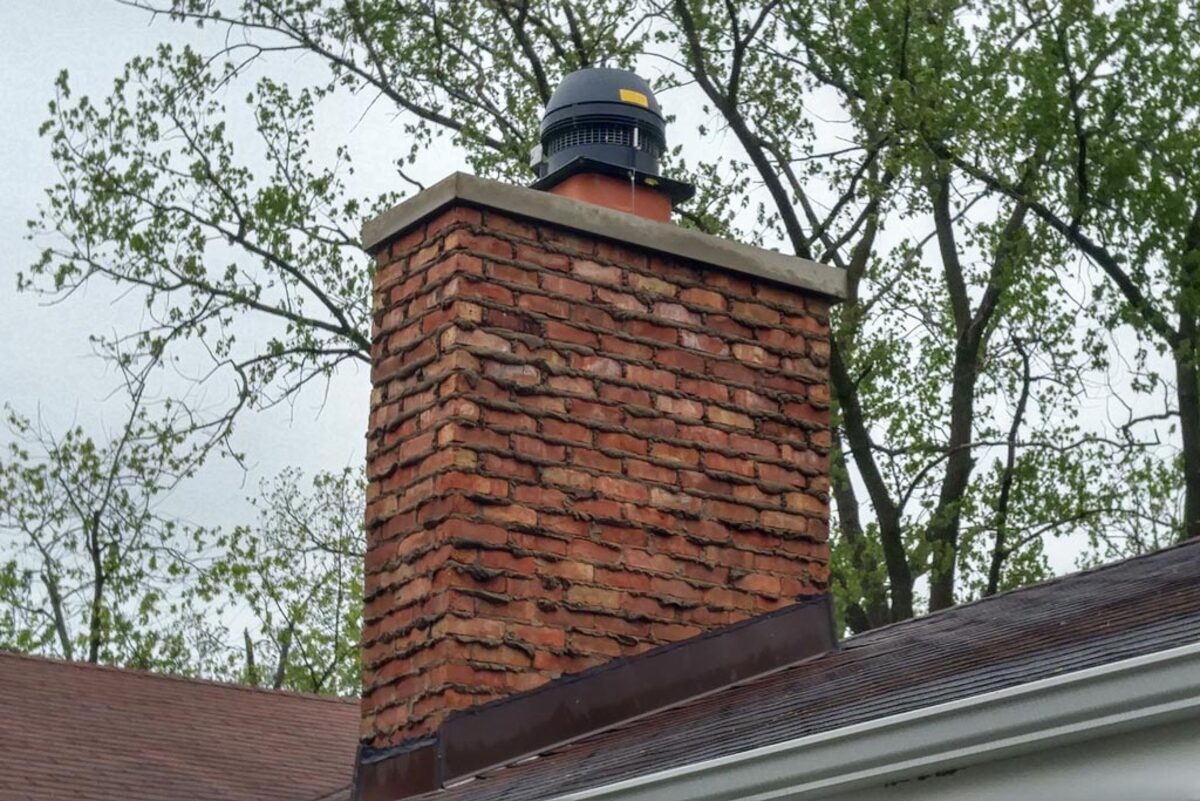
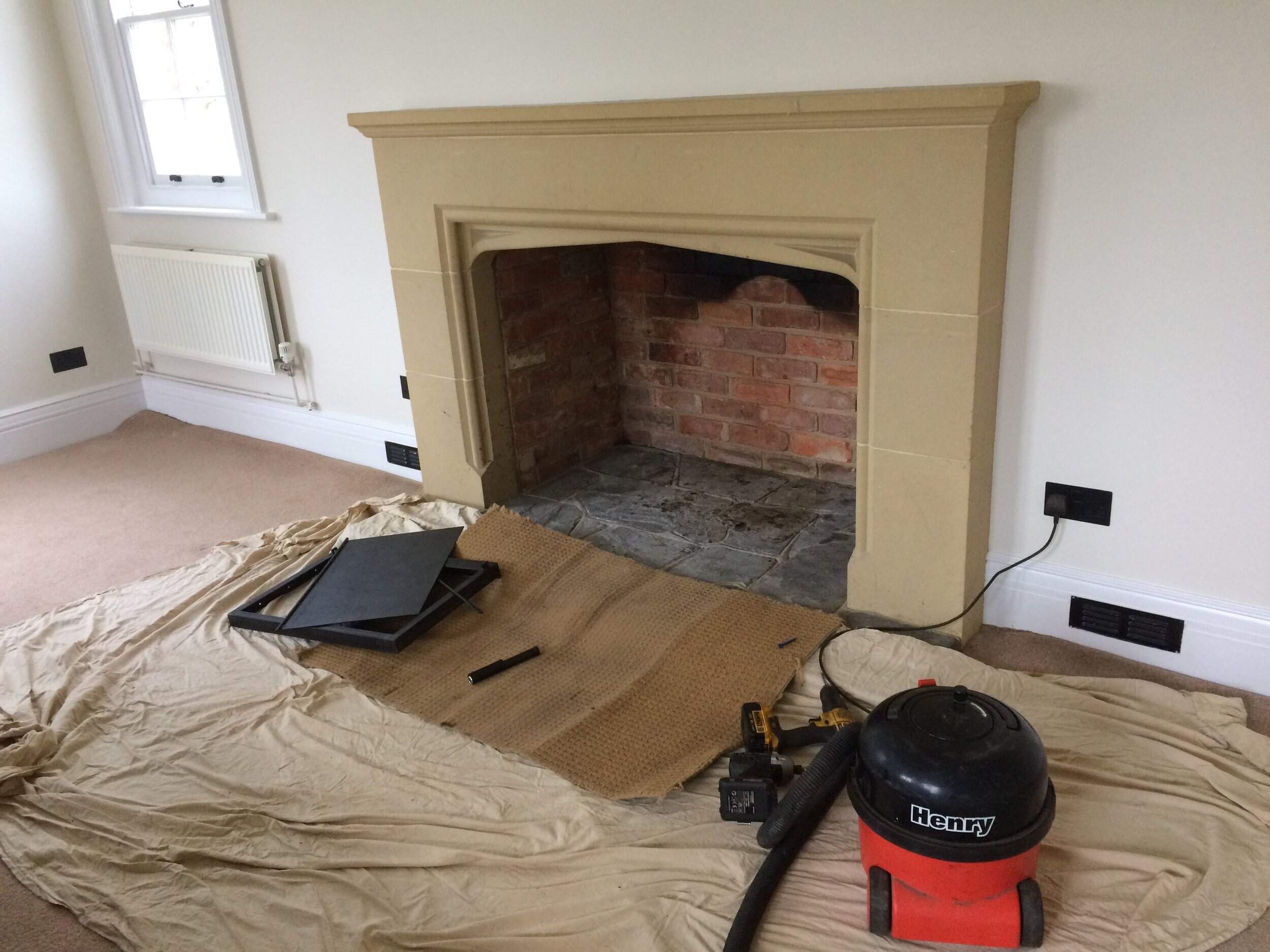
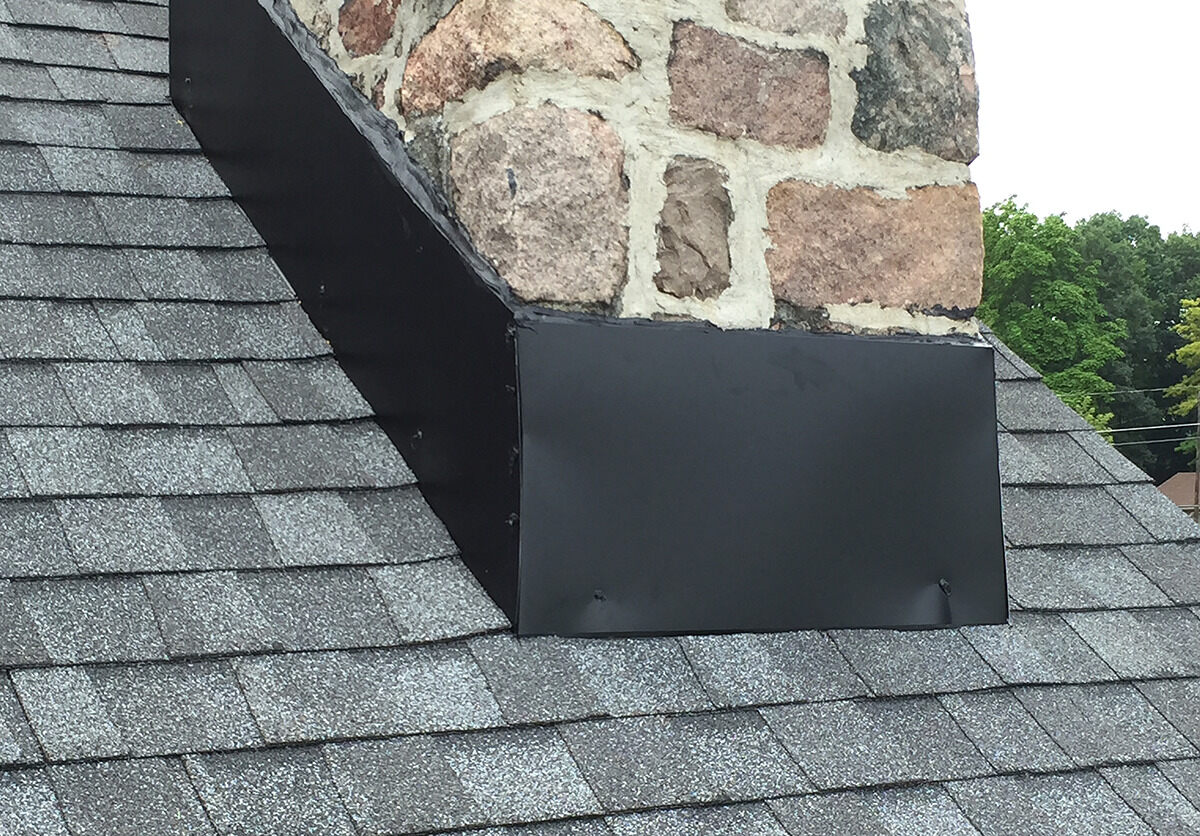
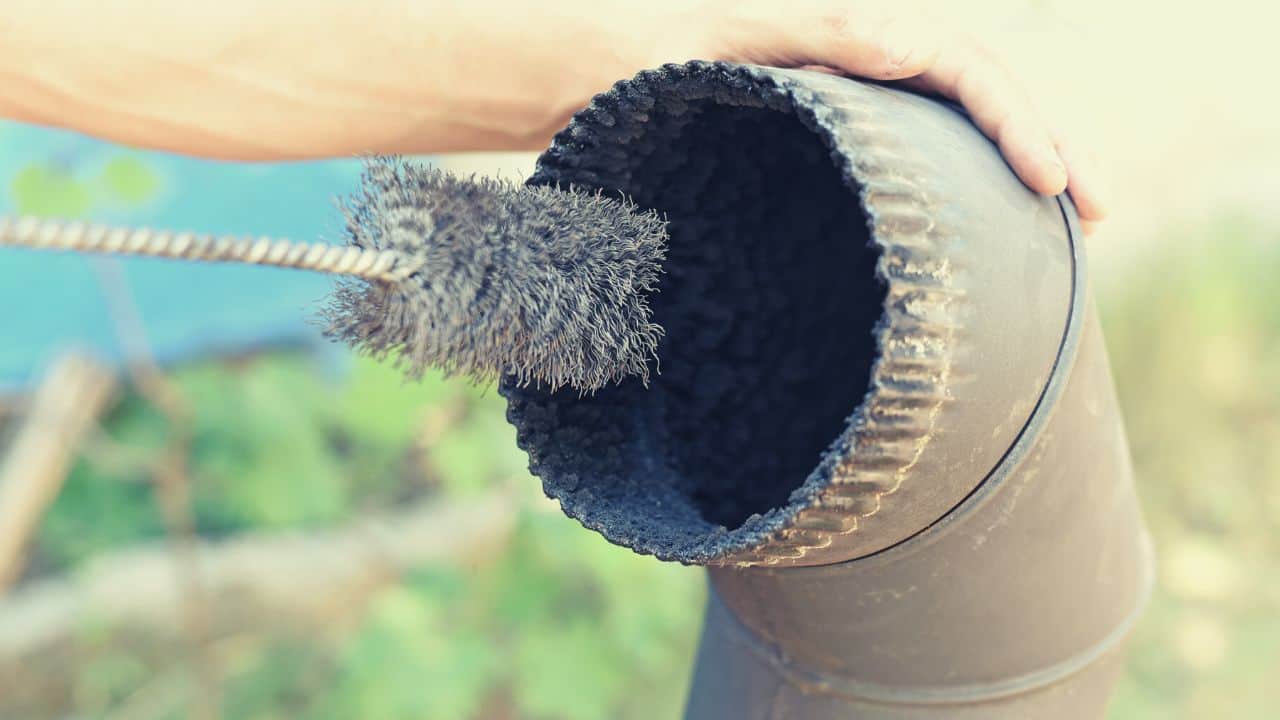


0 thoughts on “What Is A Class A Chimney”